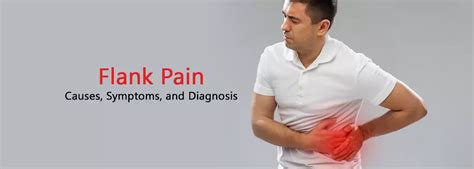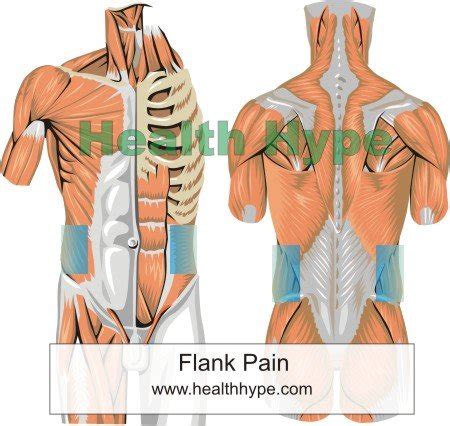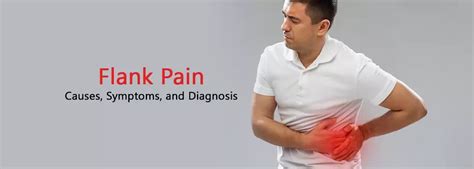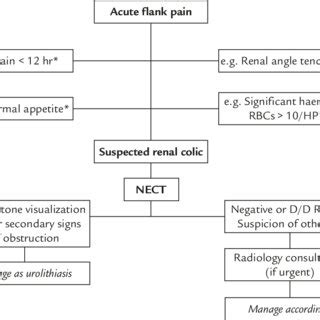Intro
Discover the 5 flank pain areas, including kidney pain, muscle strain, and digestive issues, and learn about symptoms, causes, and treatments for flank pain, rib cage pain, and lower back pain.
Flank pain is a type of pain that occurs in the area of the body between the ribs and the hips, often on one or both sides of the spine. This type of pain can be caused by a variety of factors, including musculoskeletal issues, kidney problems, and gastrointestinal disorders. Understanding the different areas where flank pain can occur and the potential causes of this pain is essential for proper diagnosis and treatment.
The human body is complex, and pain in one area can sometimes be referred from another area. For instance, pain in the flank area can sometimes be mistaken for back pain or abdominal pain, making it crucial to identify the exact location and nature of the pain. The flank area is divided into different sections, each with its potential causes of pain. Identifying the specific area of pain can help healthcare providers narrow down the possible causes and develop an effective treatment plan.
Flank pain can significantly impact an individual's quality of life, affecting their ability to perform daily activities and causing discomfort and distress. It is essential to seek medical attention if the pain persists or worsens over time, as it could be a sign of an underlying condition that requires medical intervention. Early diagnosis and treatment can help alleviate the pain, manage the underlying condition, and prevent potential complications.
Understanding Flank Pain

Flank pain can be acute or chronic, depending on its duration and severity. Acute flank pain is sudden and severe, often caused by an injury or infection, while chronic flank pain is persistent and can be caused by a variety of factors, including kidney disease, musculoskeletal issues, or gastrointestinal disorders. Understanding the nature and duration of the pain is essential for developing an effective treatment plan.
Causes of Flank Pain
Flank pain can be caused by a variety of factors, including: * Kidney stones or kidney infections * Musculoskeletal issues, such as strained muscles or herniated discs * Gastrointestinal disorders, such as inflammatory bowel disease or constipation * Cancer, such as kidney or adrenal gland cancer * Pregnancy or menstrual crampsIt is essential to seek medical attention if the pain is severe, persistent, or accompanied by other symptoms, such as fever, nausea, or vomiting.
Areas of Flank Pain

The flank area is divided into different sections, each with its potential causes of pain. The five main areas of flank pain are:
- Upper Flank Pain: This type of pain occurs in the upper section of the flank area, often caused by musculoskeletal issues, such as strained muscles or herniated discs.
- Middle Flank Pain: This type of pain occurs in the middle section of the flank area, often caused by kidney problems, such as kidney stones or kidney infections.
- Lower Flank Pain: This type of pain occurs in the lower section of the flank area, often caused by gastrointestinal disorders, such as inflammatory bowel disease or constipation.
- Lateral Flank Pain: This type of pain occurs on the sides of the flank area, often caused by musculoskeletal issues, such as strained muscles or herniated discs.
- Posterior Flank Pain: This type of pain occurs in the back section of the flank area, often caused by musculoskeletal issues, such as strained muscles or herniated discs.
Treatment Options for Flank Pain
Treatment for flank pain depends on the underlying cause of the pain. Some common treatment options include: * Pain management medications, such as acetaminophen or ibuprofen * Antibiotics for infections, such as kidney infections * Surgery for conditions, such as kidney stones or herniated discs * Physical therapy for musculoskeletal issues, such as strained muscles or herniated discs * Lifestyle changes, such as diet and exercise, for gastrointestinal disorders, such as inflammatory bowel disease or constipationIt is essential to seek medical attention if the pain persists or worsens over time, as it could be a sign of an underlying condition that requires medical intervention.
Diagnosis of Flank Pain

Diagnosing flank pain requires a comprehensive medical evaluation, including a physical examination, medical history, and diagnostic tests, such as imaging studies or laboratory tests. The healthcare provider will ask questions about the nature and duration of the pain, as well as any other symptoms that may be present.
Some common diagnostic tests for flank pain include:
- Imaging studies, such as X-rays, CT scans, or MRI scans
- Laboratory tests, such as urinalysis or blood tests
- Physical examination, including palpation and percussion of the flank area
It is essential to provide accurate and detailed information about the pain and any other symptoms that may be present, as this will help the healthcare provider develop an effective treatment plan.
Prevention of Flank Pain
Preventing flank pain requires a combination of lifestyle changes and medical interventions. Some ways to prevent flank pain include: * Maintaining a healthy weight to reduce the risk of musculoskeletal issues * Engaging in regular exercise to strengthen the muscles and improve flexibility * Eating a healthy diet to reduce the risk of gastrointestinal disorders * Staying hydrated to reduce the risk of kidney stones or kidney infections * Managing stress to reduce the risk of musculoskeletal issuesIt is essential to seek medical attention if the pain persists or worsens over time, as it could be a sign of an underlying condition that requires medical intervention.
Managing Flank Pain

Managing flank pain requires a comprehensive approach that includes medical interventions, lifestyle changes, and stress management techniques. Some ways to manage flank pain include:
- Taking pain management medications, such as acetaminophen or ibuprofen
- Engaging in physical therapy to strengthen the muscles and improve flexibility
- Practicing stress management techniques, such as meditation or deep breathing
- Eating a healthy diet to reduce the risk of gastrointestinal disorders
- Staying hydrated to reduce the risk of kidney stones or kidney infections
It is essential to seek medical attention if the pain persists or worsens over time, as it could be a sign of an underlying condition that requires medical intervention.
Conclusion and Next Steps
Flank pain can be a debilitating condition that affects an individual's quality of life. Understanding the different areas where flank pain can occur and the potential causes of this pain is essential for proper diagnosis and treatment. By seeking medical attention and developing an effective treatment plan, individuals can manage their flank pain and improve their overall health and well-being.We invite you to share your experiences with flank pain in the comments section below. Have you experienced flank pain? What were the causes and symptoms of your pain? How did you manage your pain? Your comments and questions can help others who may be experiencing similar issues.
What are the common causes of flank pain?
+Flank pain can be caused by a variety of factors, including kidney stones or kidney infections, musculoskeletal issues, gastrointestinal disorders, cancer, and pregnancy or menstrual cramps.
How is flank pain diagnosed?
+Diagnosing flank pain requires a comprehensive medical evaluation, including a physical examination, medical history, and diagnostic tests, such as imaging studies or laboratory tests.
What are the treatment options for flank pain?
+Treatment for flank pain depends on the underlying cause of the pain and may include pain management medications, antibiotics, surgery, physical therapy, and lifestyle changes.
